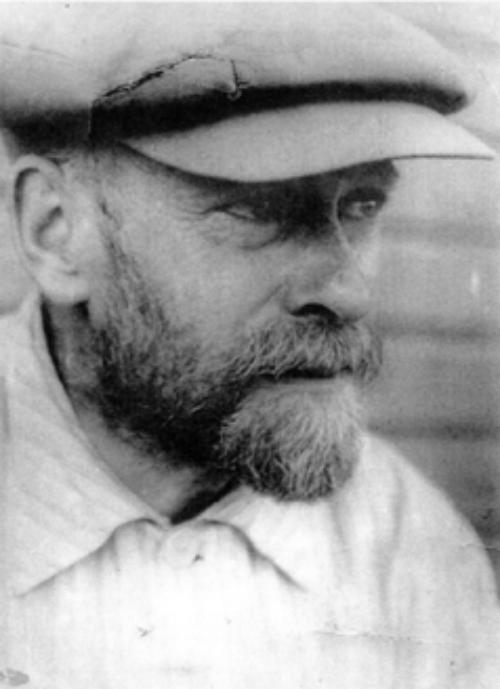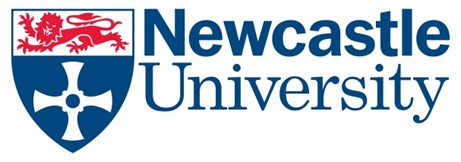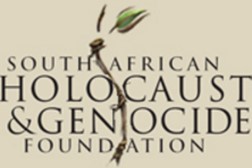In the Ghettos: Education
Following Germany’s invasion of Poland in September 1939, Jews were forced to live in ghettos. In many of these areas in Eastern Europe, general education through regular schooling was banned, but in some of the ghettos, secret schools existed. These were often disguised as soup kitchens or other social institutions. Most children who lived in ghettos could not attend school, because they were forced to work in factories or workshops, or they were carers for their younger siblings. Some children were taught by willing adults behind closed doors in the secrecy of their own homes. Children in orphanages received some education from their caregivers.

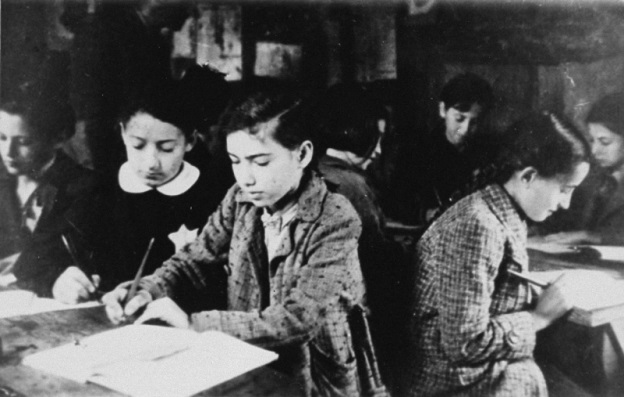
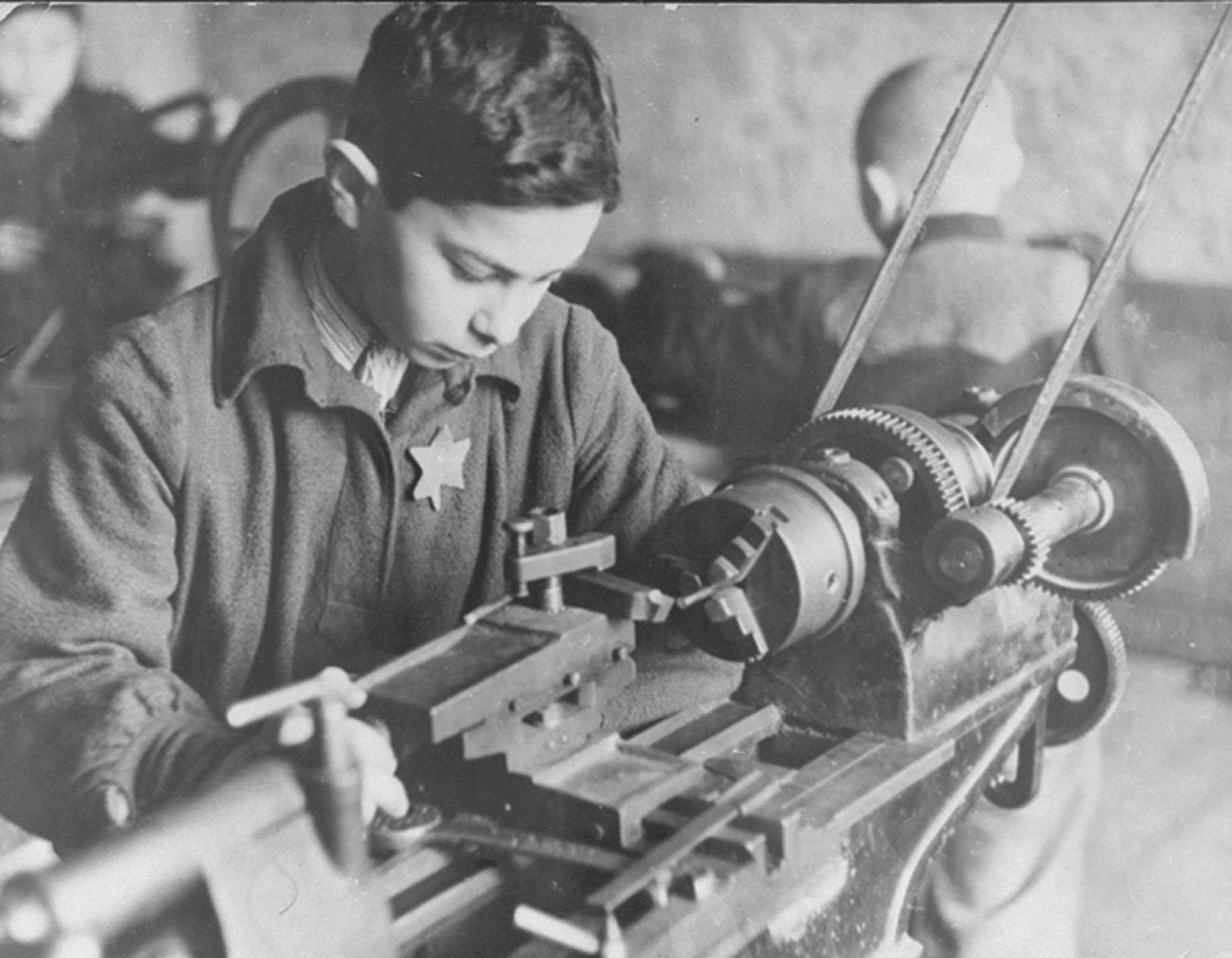 A boy works at a machine in a Kovno ghetto workshop, 1941-1943. Photographer: George Kadish/Zvi Kadushin. (United States Holocaust Memorial Museum, courtesy of George Kadish/Zvi Kadushin)
A boy works at a machine in a Kovno ghetto workshop, 1941-1943. Photographer: George Kadish/Zvi Kadushin. (United States Holocaust Memorial Museum, courtesy of George Kadish/Zvi Kadushin)
